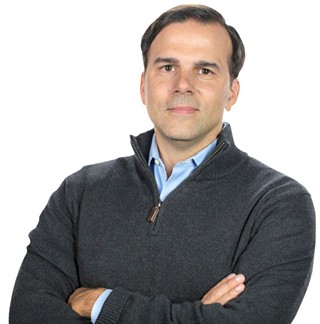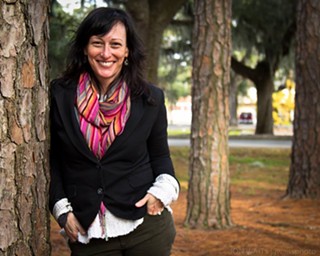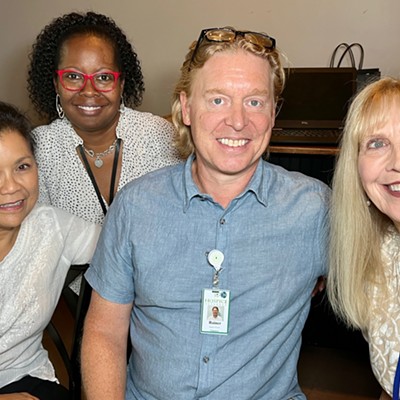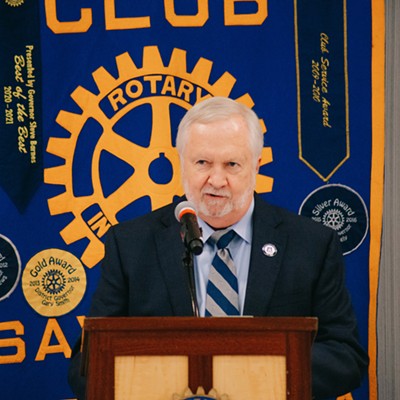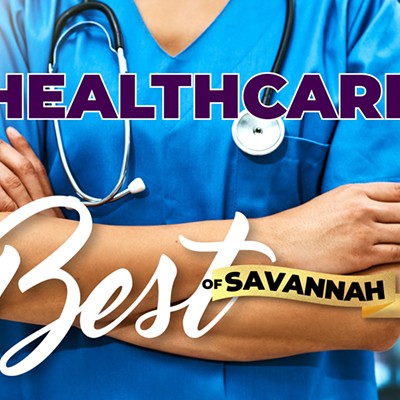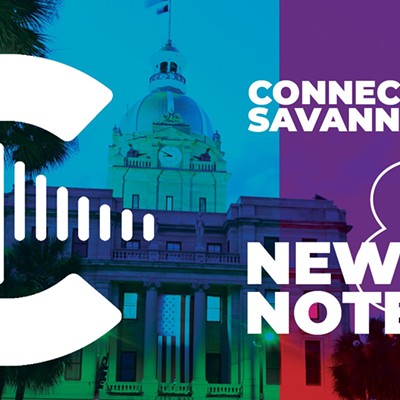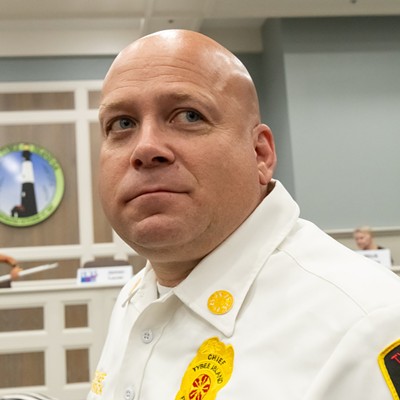Dr. Angelo Volandes wants to talk about death.
Not so much about what happens afterwards, but what happens before we get there. The Harvard Medical School physician works to educate and empower patients in the American medical system, starting with telling their doctors what they want during end-of-life care.
But Dr. Volandes recognizes that having “The Conversation” with medical professionals isn’t always easy—it can be difficult to understand descriptions of a particular procedure, and filling out a form doesn’t give doctors the whole story. That’s why he began using videos to inform terminally ill patients about their medical options and help them articulate how they wish to spend the time they have left.
In 2011, he founded the non-profit Advance Care Planning (ACP) Decisions, which offers low-tech video tools vetted by the country’s leading medical experts in geriatrics, oncology, cardiology, ethics, and end-of-life decision-making that are currently used in hospitals around the country. He published The Conversation: A Revolutionary Plan for End-of-Life Care in 2015 and continues to advocate for strong communication between patients and their doctors.
Dr. Volandes will cover how and where to start at Hospice Savannah’s annual lecture series this Friday, Jan. 26 at Savannah Technical College’s Eckburg Auditorium. We spoke with him last week about the YouTube revolution, the difficulty of dementia and the subversive nature of his work.
What do you mean by having “The Conversation?”
In medicine, we talk about a lot of difficult things, like neurosurgery or high-tech tailored genetic therapies. But the one thing we don’t talk about is what I consider the most urgent, and that’s an honest conversation between doctors, patients and families about what’s important to them when they have a serious illness.
Unfortunately, in medical school, we’re all focused on the latest and greatest in terms of technology, but we forget that talking to patients and helping them navigate an increasingly complex health care system is probably the most important skill that they can have. And so “The Conversation” is how do you engage your doctor to make sure they honor and respect your wishes for care, especially when you have a serious illness.
Many people with chronic or terminal illness aren’t aware that they have choices, or are undereducated about options that might prolong life but not add to quality of life—can you talk about the three levels of care?
I usually start my talk by saying this isn’t about end of life—it’s life. Part of the deal with living is that someday we’re going to die. Today, unfortunately, what happens to people at the end of their lives is pretty much dictated by doctors. I really want to have patients—people—determine what sort of end of life they want. I want them to be the author of their life's final chapter.
The three categories are life-prolonging care, limited care and comfort care. The way I explain it to patients, when you tell me you want life-prolonging care, that means you’re saying “Doc, I want to live as long as possible, as many days, and I don’t care about suffering because I’ve got to make it to my daughter’s wedding.”
With limited care, the patients is saying “I want whatever you can do that has a good chance to help me, but none of that crazy stuff that’s likely to cause me suffering and not really help.” And the third category, comfort care, the patient is telling me, “I want to live as many good days as possible, but I don’t care how many I have left.”
If you have that framework, then you’re going to be able to help your healthcare team provide the care that you want and that you honestly deserve.
What about patients who are unable to speak for themselves, such as those with advanced dementia?
Dementia is the real tragedy in American health care—by 2050 it’s going to be the leading cause of frailty and death in this country. It’s a tsunami. And we don’t do a good job of talking to people early when they have the early signs of dementia and ask what would you want if you were no longer able to feed yourself or speak or to know who you’re talking to?
What we’re stuck with today are these poor sons and daughters who are burdened with these decisions. I can’t tell you how many times I have a daughter—and it’s usually a daughter—in the ICU who doesn’t know what to do with her mom with advanced dementia. They never talked about it, and now the last image of Mom is with a feeding tube shoved down her throat. The suffering the daughter will experience, the guilt, the burden of decision making, the horrible image. But it’s also an opportunity for all of us to talk about this openly.
That brings us to your video project. Why are videos better than documents when it comes to care directives?
The video that goes with the book is on You Tube—it’s short and simple. I have people watch it to show them their options for care, then we sit down and record them on video, telling me “What’s important to you? What level of care do you want?” Then I email that short video to their families, to all their doctors and—this isn’t quite out yet but it will be–upload the video into the electronic health care record, so that patients’ wishes are now part of their medical record.
This makes a dramatic difference to a doctor, because instead of seeing some sterile form that I have no idea whether you really understood, I can go to your record and see a face and hear a voice and understand your wishes so much better than some black and white checked box form—which, in all honesty, we in healthcare know most people have no idea what they signed. It’s legal language that is totally meaningless.
You’re basically disrupting the power structure of our medical system here. How does that play out in terms of hospital bureaucracy?
I do think part of this is somewhat subversive, because it disrupts the status quo. Which is usually what the doctors and the health care system want to deliver to you. Whereas, using video helps people preserve and honor their wishes. So yeah, it’s going to make a lot of hospital and health care systems uncomfortable. But why not level the playing field and let patients and families be just as powerful when it comes to what happens as doctors and hospitals are? Right now all the power is in the doctors’ hands.
You told The Atlantic back in 2013 that you wanted to make this a widespread practice within five years. Have the videos caught on in hospitals and other health care situations?
Absolutely. Our non-profit partners around the country share the goal to transform health care, and now we're in some of the largest health care systems in America. Literally hundreds of thousands of people's lives are changing because they're empowering themselves with the video. But I tell people all the time: The videos aren't the answer; the answer is having the conversation with your doctor. Videos happen to be the catalyst.
I’m very hopeful, and this has definitely gone better than I expected. But until every patient has an opportunity to watch a video, have a conversation and be steering their own end of life care, I’ll keep going.
What have been some of the most surprising outcomes of your research?
There have been three things that have been remarkable. First, people just really learn a lot more from video. Ever since YouTube, I think our brains have been rewired such that visual images help us observe information faster. If a picture says a thousand words, videos speak hundreds of thousands of words. And so people absorb information so much better than those sterile pamphlets that litter our clinics.
The second thing is that when people use videos, they make very different decisions about their medical care,and the implications are huge: If people make different decisions when they have more information, then we’re committing a lot of medical errors. If people are getting things that they never wanted, and when they watch a video they tell us something completely different, that’s a huge problem.
Third, people love the videos. At this point they’ve been shown hundreds of thousands of times, and no one has freaked out. That’s because we’re very careful. We vet them carefully, with expert panels of doctors, nurses, patients and families, so they’re crafted to be neutral. I’m not trying to nudge people one way or the other; I just want to inform and empower people.
What are some of your current research studies?
We have so many! One of the ones we’re doing now is about dialysis. Most people think, “My kidneys aren’t working, I must go on dialysis,” but what the research suggests is when you have a very poor prognosis, dialysis does no better in terms of survival than supportive care and medical management. So it’s really interesting when people know these facts.
We’re also doing our first pediatric study where we’re looking at adolescents and young adults with terminal illnesses and how they make decisions. Just because you’re an adolescent doesn’t mean you don’t know how to make a decision, and we shouldn’t be paternalistic. Kids and young adults need to participate in what’s important to them, along with their parents and loved ones.
And then there are our big studies. We looked at the entire state of Hawaii over the three years using the video, reaching out all over communities. And we’ve just launched all the video in the southern half of Arizona and a few other states that are in the embryonic stages. I want it to be everywhere, but we have limited staff and we’re a small non-profit.
What’s your take on the future of American medicine?
The misalignment of what people want and what they actually get is the most urgent problem in American healthcare. The crazy thing is that hospitals and doctors are still being paid for things that many people don’t want.
They don’t teach you in medical school that financial incentives have a powerful effect on what doctors do. I want to make sure that before a doctor administers that chemotherapy to that patient who we know won’t benefit, or sticks a feeding tube in someone with advanced dementia when we know it won’t make a difference in the disease trajectory, that there is documentation and a conversation about what is important to that patient. Or else you’re not going to get paid.
Until we decide as a community that we’re going to align this financial incentive and reimbursement, that payment reform is part of the deal, nothing’s going to change.

